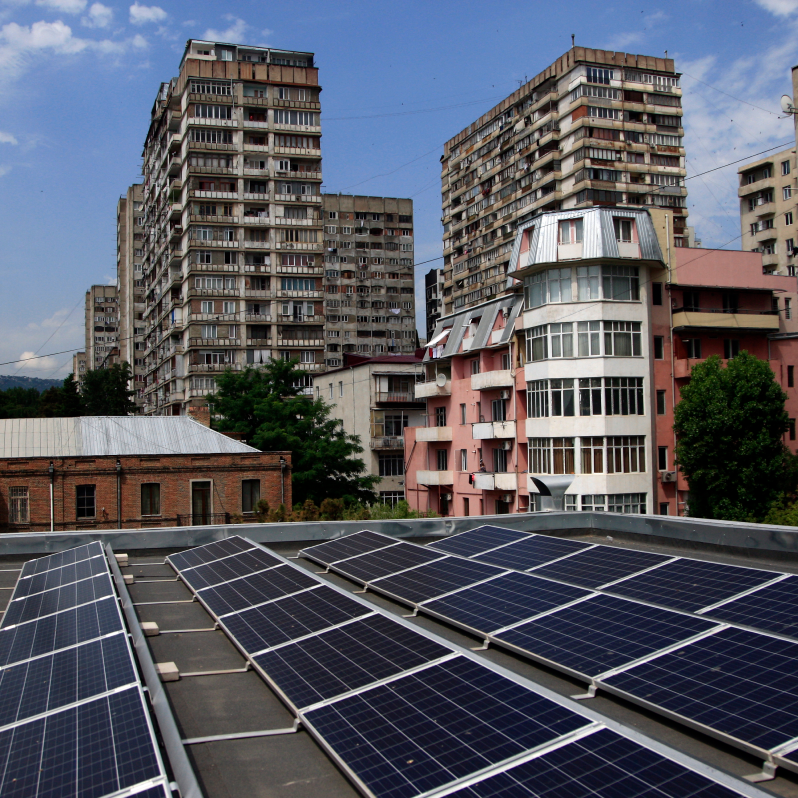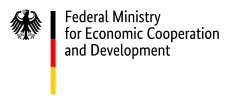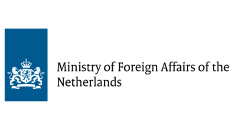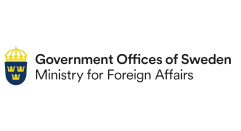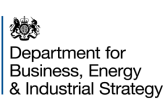| MEPYD |
Dominican Republic’s Ministry of Economics, Planning and Development |
| MIE |
Albania’s Ministry of Infrastructure and Energy |
| MINAM |
Peru’s Ministry of Environment |
| MINECOFIN |
Rwanda’s Ministry of Finance and Economic Planning |
| MoE |
Rwanda’s Ministry of Environment |
| MoF |
Ministry of Finance |
| MoWA |
Cambodia’s Ministry of Women’s Affairs |
| MRV |
Measurement, Reporting and Verification |
| MSIP |
São Tomé and Príncipe’s Multi Sector Investment Plan for Resilience |
| MTE |
Albania’s Ministry of Tourism and Environment |
| NACAC |
Nitric Acid Climate Action Group |
| NAMA |
Nationally Appropriate Mitigation Actions |
| NAP |
National Adaptation Plan |
| NAP-GN |
National Adaptation Plan Global Network |
| NbS |
Nature-based Solutions |
| NDC |
Nationally Determined Contributions |
| NDCFI |
The Caribbean NDC Finance Initiative |
| NDC-RD-2020 |
Dominican Republic’s NDC |
| NDP |
National Development Plans |
| NTFP |
Non-Timber Forest Products |
| OECS |
Organisation of Eastern Caribbean States |
| PAF |
Partnership in Action Fund |
| PDC |
Ethiopia’s Planning and Development Commission |
| PEFA |
Public Expenditure and Financial Accountability |
| PFAN |
The Private Financing Advisory Network |
| PforR |
World Bank’s Program for Results |
| PFM |
Public Financial Management |
| PIM |
Public Investment Management system |
| PIN |
Project Information Note |
| PP |
Partnership Plan |
| PRAZ |
Procurement Regulatory Authority of Zimbabwe |
| PUTC |
Grenada’s Public Utility Regulatory Commission |
| QS |
Qualification Standards |
| RCCC |
Red Cross Red Crescent Climate Centre |
| REDD+ |
Reduction Emissions from Deforestation and Forest Degradation |
| RRA |
Albania’s Renewables Readiness Assessment |
| S4H |
Zimbabwe’s Solar for Health Programme |
| SCLP |
Short-lived climate pollutants |
| SeyCCAT |
The Seychelles Conservation and Climate Adaptation Trust |
| SIDA |
The Swedish International Development Cooperation Agency |
| SIDS |
Small Islands Developing States |
| SMEs |
Small and Medium Enterprises |
| SPREP |
Secretariat of the Pacific Regional Environment Programme |
| SPS |
Skills Proficiency Schedule |
| STP |
São Tomé and Príncipe |
| TA |
Technical Assistance |
| TAF |
Technical Assistance Fund |
| TNC |
The Nature Conservancy |
| TBTTP |
Ten Billion Tree Tsunami Program |
| UNCDF |
United Nations Capital Development Fund |
| UNDP |
United Nations Development Programme |
| UNEP |
United Nations Environment Programme |
| UNFCCC |
United Nations Framework Convention on Climate Change |
| UNICEF |
United Nations Children's Fund |
| UNIDO |
United Nations Industrial Development Organization |
| UNOPS |
The United Nations Office for Project Services |
| USAID |
U.S. Agency for International Development |
| WACA |
World Bank’s West Africa Coastal Areas Management Program |
| WRI |
World Resources Institute |
| YEP |
Youth Engagement Plan |
| YTF |
Youth Task Force |
| ZIMRA |
Zimbabwe Revenue Authority |
